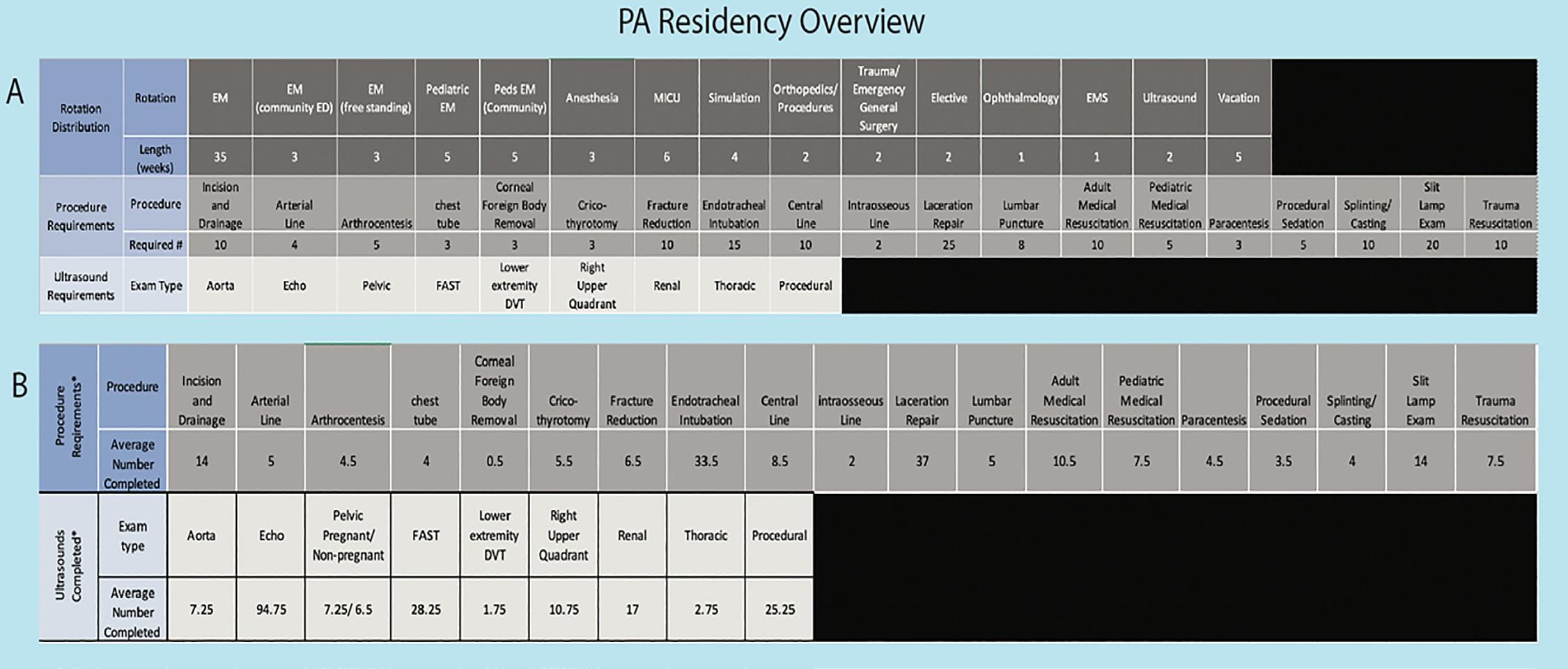Metrics of Resident Achievement for Defining Program Aims
Jewell et al.
institutions and includes four members of the residency leadership team and two Medical Education Fellows.
one or more of the 17 metrics. Targeted searches in the Google search engine (Mountain View, CA) using these keywords as well as review of the references section of other included manuscripts also revealed additional articles that met the inclusion criteria. RESULTS Our literature search revealed 57 unique papers that met inclusion criteria for the review.
Design A narrative design was chosen in order to examine the literature regarding possible metrics of assessing resident achievement. The scope of the review was designed to focus on actionable ideas for programs. Data Sources and Study Selection Individual searches were conducted by the authors using the Google Scholar and PubMed databases for relevant keywords, including “achievement,” “success,” “resident,” “physician,” “training,” and “graduate medical education”. From the list of articles generated, a list of 17 potential metrics was generated through virtual discussion between experienced scholars using the telecommunications software Zoom (Zoom Telecommunications, Inc., San Jose) (Table 1). Other
Assessments ACGME Milestones/EPAs The ACGME outlines Milestones that provide a framework for assessing resident performance.4 These Milestones, along with the ACGME competencies, typically refer to abilities of the trainee. Many specialties have also created a set of Entrustable Professional Activities (EPAs) that can be used to determine the appropriate level of supervision by faculty.5 Resident achievement of certain Milestone levels (e.g., Level 4) could be used to ensure that a program is meeting its goals. Programs must consider what level is most appropriate to use as their standard (as achievement of particular Milestone levels is not an ACGME graduation requirement), as well as how the Milestones are assigned to ensure accuracy. Alternatively, they could determine individual Milestones they consider to be of the greatest importance and define levels for these individual areas alone.
Table 1. Metrics of resident success. Assessments: ACGME Milestones Faculty assessment Peer assessment Self assessment Academics: Fellowship training Academic leadership Scholarship and Research Examination Performance remediation Clinical: Clinical performance metrics Patient satisfaction Procedural competence Adaptability Social: Community service Empathy Social justice/advocacy Wellness ACGME, Accreditation Council for Graduate Medical Education.
Faculty Assessments The use of faculty assessment data has been demonstrated previously to predict future success in residency.6 Programs could determine a certain percentage of residents achieving high aggregate numerical scores on faculty clinical assessments to be an aim suggestive of excellent clinical acumen. This approach has several advantages, including that residents are evaluated on skills that map closely to independent practice, such as creating treatment plans and working in interdisciplinary teams. However, faculty assessments can be vulnerable to bias,7,8 and faculty may not be entirely reliable evaluators of clinical performance.9 Further, skills such as independent learning and timely completion of administrative tasks are not well-assessed by this model, since faculty have few opportunities to observe and assess these skills. Programs could also ask for faculty gestalt of resident performance instead of using aggregate clinical assessments.6,10-15 While these assessments encompass all aspects of trainee performance, gestalt is ill-defined in terms of what exactly is being evaluated and concerns remain about bias.
metrics of resident achievement that were less amenable to being used to create actionable program-level aims, such as being selected as chief resident, were ultimately excluded as they did not align with the purpose of this review. The 17 included metrics were used as keywords for further searches specific to each metric. Searches included articles outside the EM literature to inform program leaders of potentially underutilized metrics within the specialty. Publications were eligible for inclusion if they attempted to provide commentary on the assessment of resident performance, directly assessed resident performance, or could be potentially modified to assess resident performance during residency training using Western Journal of Emergency Medicine
Peer Assessment Peer assessments can be another source of important feedback on resident performance. Faculty members were shown in one study to score residents higher than their peers in several sub-competency categories,16 including interactions that occur mainly with peers, such as transitions of care, teamwork, and communication. Creating an environment 2
Volume 23, no. 1: January 2022













